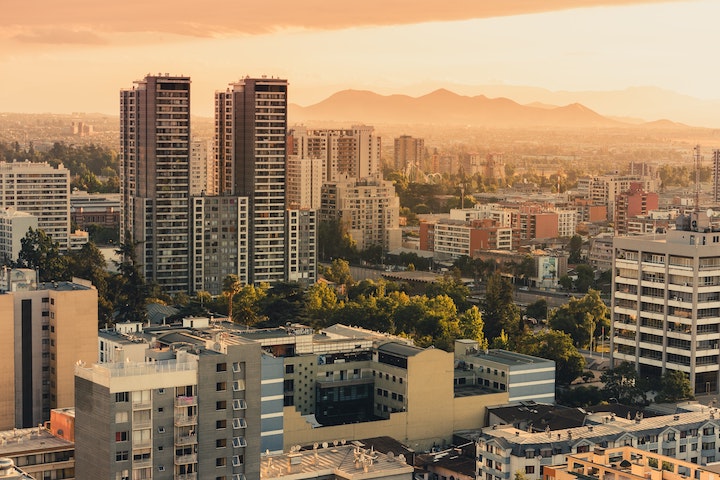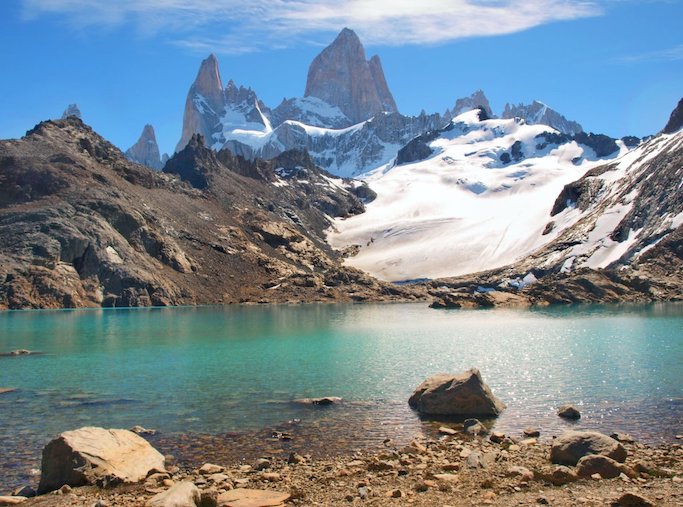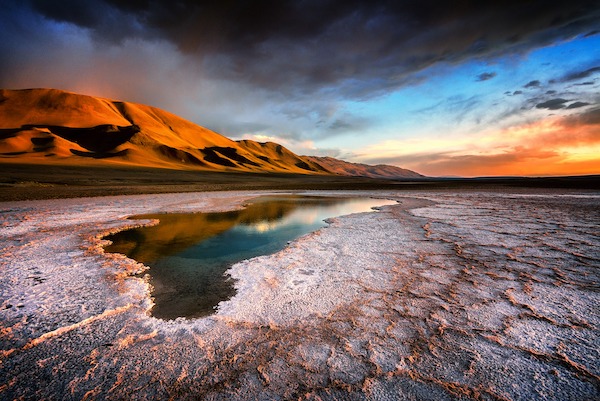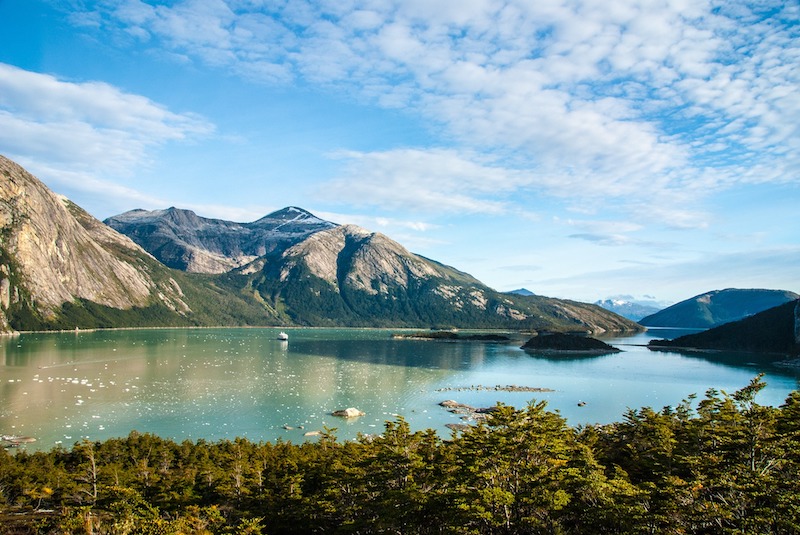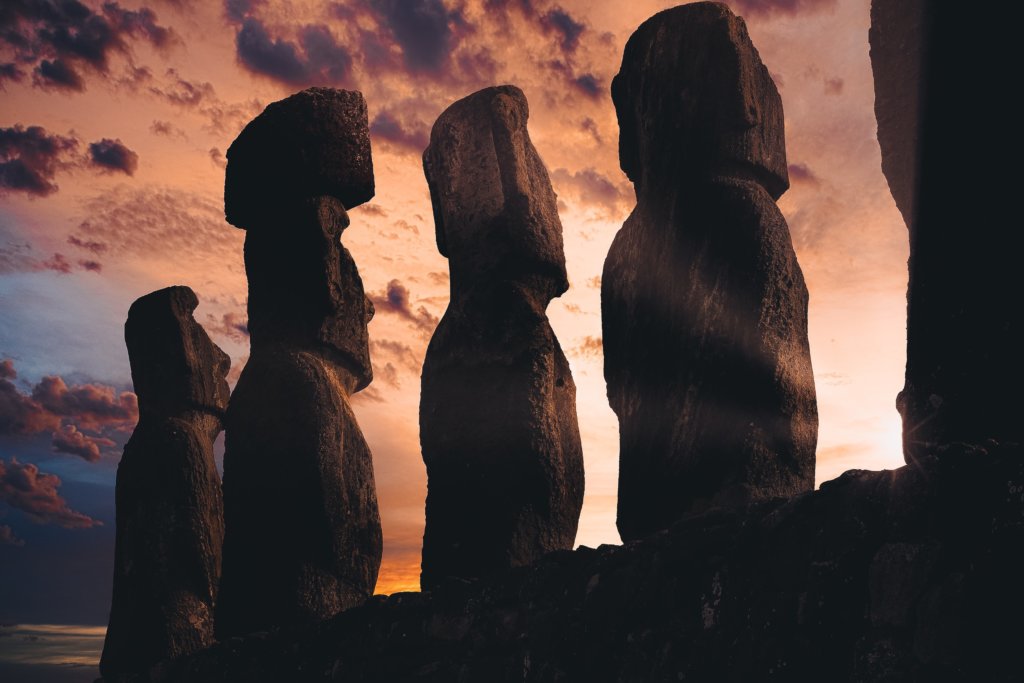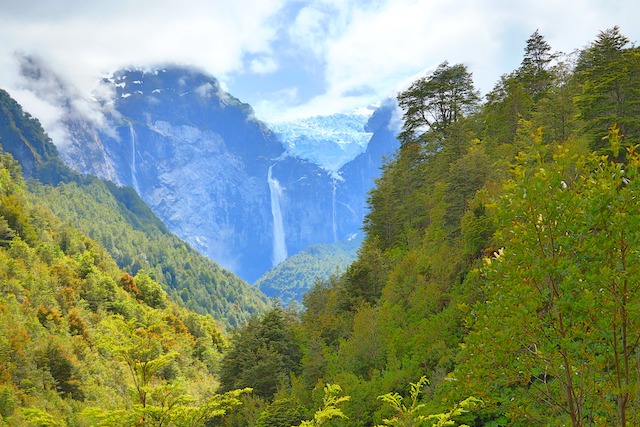
Chile’s Lake District is rich in flora and fauna, with wild barren landscapes of Patagonia, and stunning world-class vineyards.
Chile is a sliver of a country wedged between the Pacific, bordering Bolivia, Chile, and Argentina. Offering a wonderful mix of native cultures, mesmerizing landscapes, and a wide variety of wildlife, Chile is one of South America’s must-visit destinations.
Chile, extending over 3,000 miles from north to south, occupies over half the length of South America, north to south. This north to south stretch results in incredible landscapes includes deserts, glaciers, trees, and mountain ranges. Although Chile is lengthy, it is a mere 100 miles wide in most areas of the world, making the contrasts much more dramatic as you tour Chile.
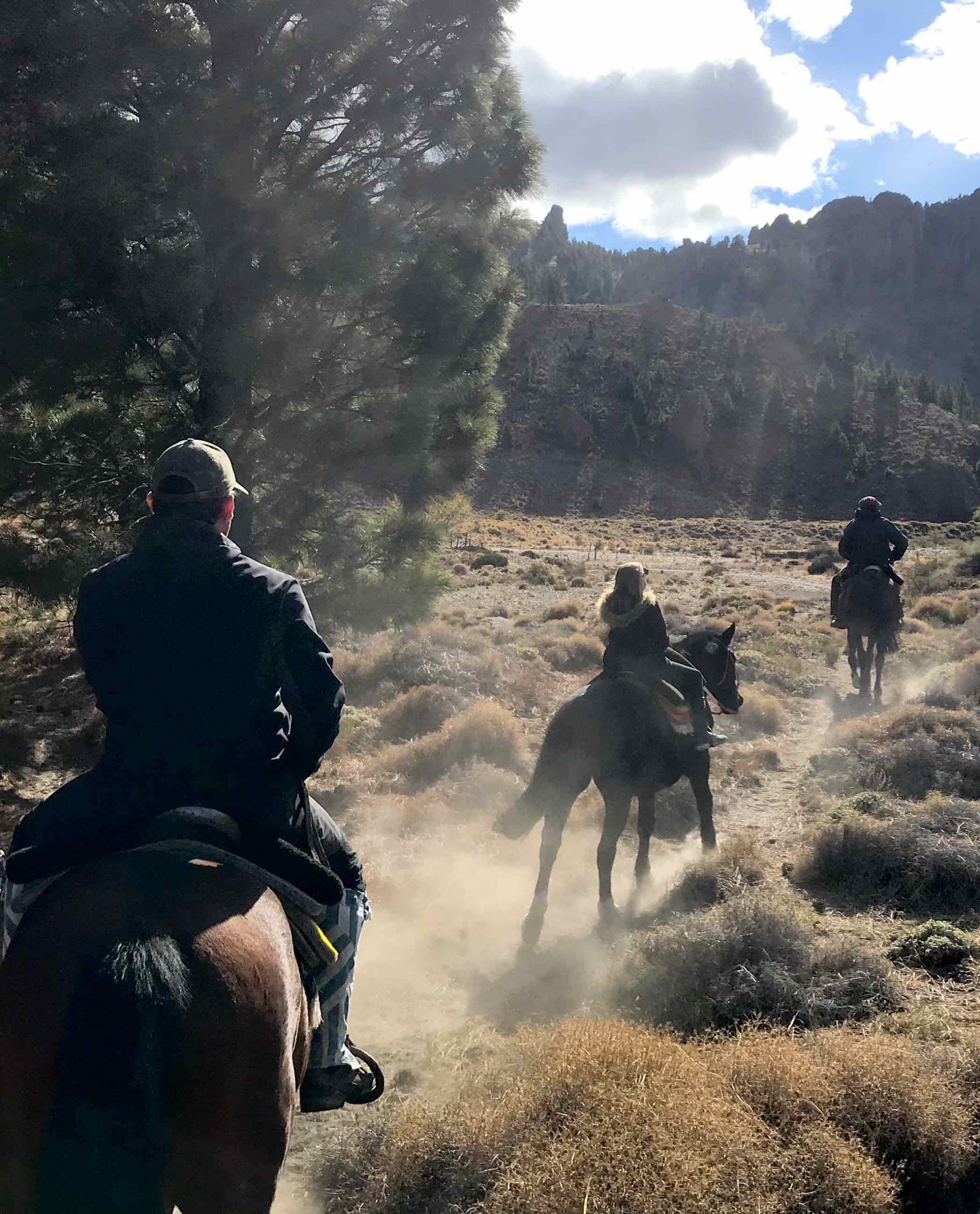
Home to a range of diverse, breathtaking landscapes
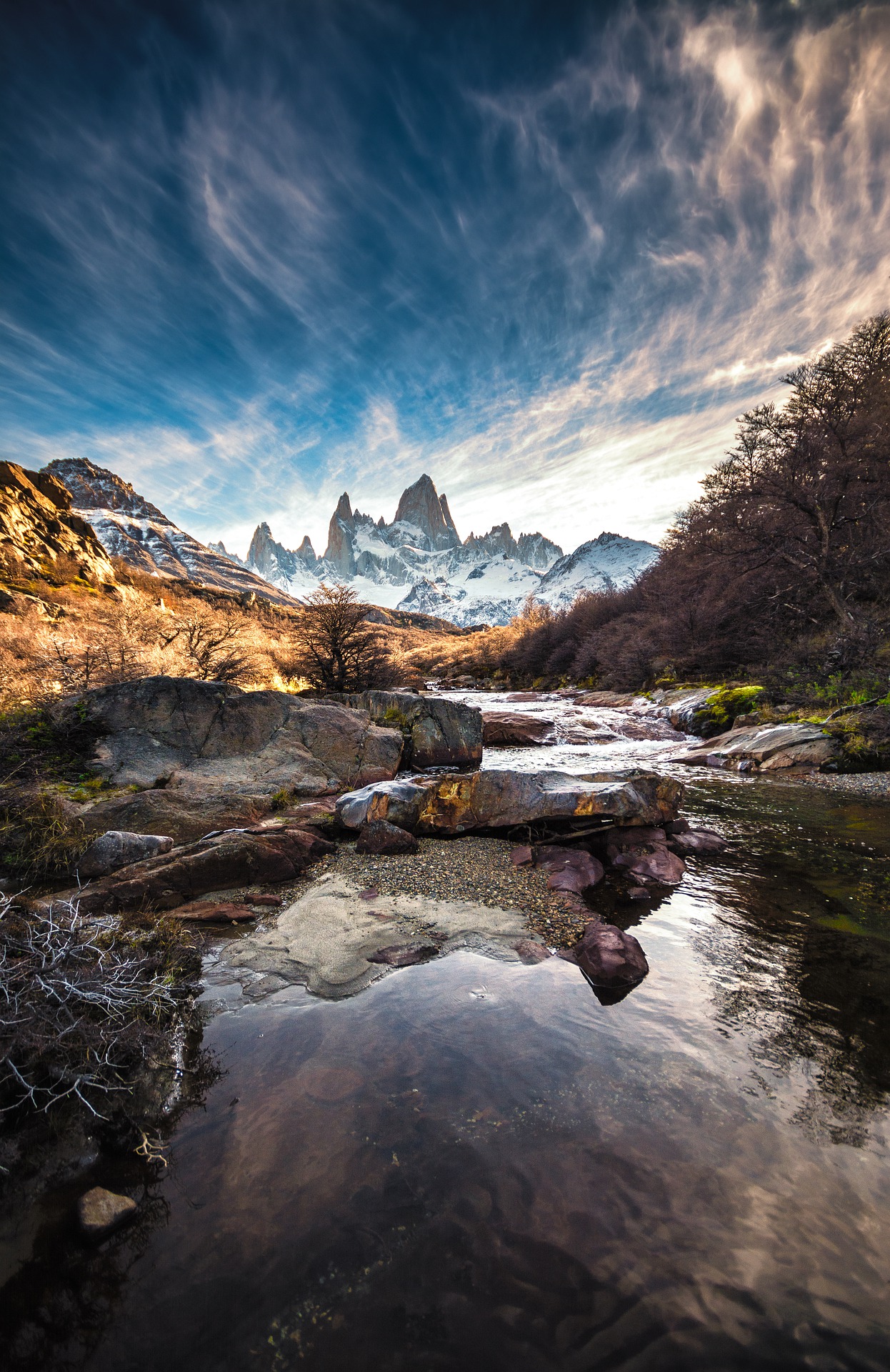
A wide range of species reside in Chile, including alpacas, pumas, and foxes; bird spotting in Chile is just as impressive, with the giant Andean Condor and adorable Magellanic Penguins. Explore the Atacama Desert’s Mars-like landscapes, the driest place in the world, and experience natural wonders such as flamingos, surrounded by volcanoes, steaming geysers, and salt lagoons.
Patagonia’s wild, open plains reside in southern Chile, featuring immense glaciers, snow-covered peaks, and thunderous glacial waterfalls. In the Andes, Chile’s Lake District is rich in flora and fauna, with wild barren landscapes of Patagonia, and stunning world-class vineyards.
build your clients trip with our experts

explore the highlights
Santiago de Chile
A city where old meets new in the architecture, culture, and geography of this Chilean metropolis. In Chile’s central valley of the Santiago Basin, the city is surrounded by many formidable mountain ranges that dominate the horizon. The Andes, which are as far away from Santiago’s side as the Pacific Ocean is from the other, are among them.
Chilean Patagonia
Patagonia is a vast region of Argentina & Chile, and the southernmost tip of South America. Chilean Patagonia, which draws tourists for its thrilling outdoor sports and seasonal wildlife spotting. In Chilean Patagonia, the Andes sink drastically into the Pacific, producing unique geographical formations and an extensive array of archipelagos, channels, and fjörds.
San Pedro de Atacama
In northern Chile’s high, arid plains, an otherworldly moon-like landscape meets with the night skies. With vast desert plains, volcanic peaks, gleaming white salt pans, undulating pink and orange rock and sand formations, and turquoise lagoons, Atacama Desert is a remote land that continues to captivate travelers, and home to a variety of wildlife, flora, and fauna.
Lake District
At the Andes’ base, this 600-mile long sliver of mountainous terrain boasts numerous lakes between the mountain range and sea running south. This region draws tourists who enjoy a slower, more relaxed pace of exploration, to explore the lakes and their surroundings individually, away from the crowds and tourist traps of southern Patagonia, to give you that desired feeling of pure solitude in nature.
Easter Island
This Pacific Island, located an astounding 2,200 m away from the South American coast, technically belongs to Chile. Famous for its giant Moai statues, iconic and mysterious stone heads have made the island popular throughout the world as remote, isolated, and enigmatic. The Moai were sculpted more than 400 decades ago by the indigenous Rapa Nui, the indigenous people inhabiting the island.
Carretera Austral
At the southernmost tip of the planet lies over 600 miles of natural beauty. This “Southern Highway” runs from Puerto Montt in the north to Villa O’Higgins in the south, stretching for almost 750 miles / 1200 kilometers down to Chiloe Island. It traverses through areas of Chile that are both beautiful and sparsely populated – landscapes vary from forests and fjords to majestic mountains, glaciers, and volcanoes.
destination map

| Title | Address | Description |
|---|---|---|
Santiago de Chile | Santiago, Región Metropolitana, Chile | A city where old meets new in the architecture, culture, and geography of this Chilean metropolis. In Chile’s central valley of the Santiago Basin, the city is surrounded by many formidable mountain ranges that dominate the horizon. The Andes, which are as far away from Santiago’s side as the Pacific Ocean is from the other, are among them. Read more… |
Chilean Patagonia | Ruta 9, Punta Arenas, Magallanes y la Antártica Chilena, Chile | Patagonia is a vast region of Argentina & Chile, and the southernmost tip of South America. Chilean Patagonia, which draws tourists for its thrilling outdoor sports and seasonal wildlife spotting. In Chilean Patagonia, the Andes sink drastically into the Pacific, producing unique geographical formations and an extensive array of archipelagos, channels, and fjörds. Read more… |
San Pedro de Atacama | San Pedro de Atacama, Antofagasta, Chile | In northern Chile’s high, arid plains, an otherworldly moon-like landscape meets with the night skies. With vast desert plains, volcanic peaks, gleaming white salt pans, undulating pink and orange rock and sand formations, and turquoise lagoons, Atacama Desert is a remote land that continues to captivate travelers, and home to a variety of wildlife, flora, and fauna. Read more… |
Lake District | Avenida Philippi 1215, Frutillar Bajo, Frutillar, Los Lagos, Chile | At the Andes’ base, this 600-mile long sliver of mountainous terrain boasts numerous lakes between the mountain range and sea running south. This region draws tourists who enjoy a slower, more relaxed pace of exploration, to explore the lakes and their surroundings individually, away from the crowds and tourist traps of southern Patagonia, to give you that desired feeling of pure solitude in nature. Read more… |
Easter Island | Isla de Pascua, Valparaíso, Chile | This Pacific Island, located an astounding 2,200 m away from the South American coast, technically belongs to Chile. Famous for its giant Moai statues, iconic and mysterious stone heads have made the island popular throughout the world as remote, isolated, and enigmatic. The Moai were sculpted more than 400 decades ago by the indigenous Rapa Nui, the indigenous people inhabiting the island. Read more… |
Depending on your client’s preferences, we can help you determine the best experiences tailored for your clients. From where to visit, when to go, what to do and how to get there safely, our travel experts will help you create an experience your clients will love.
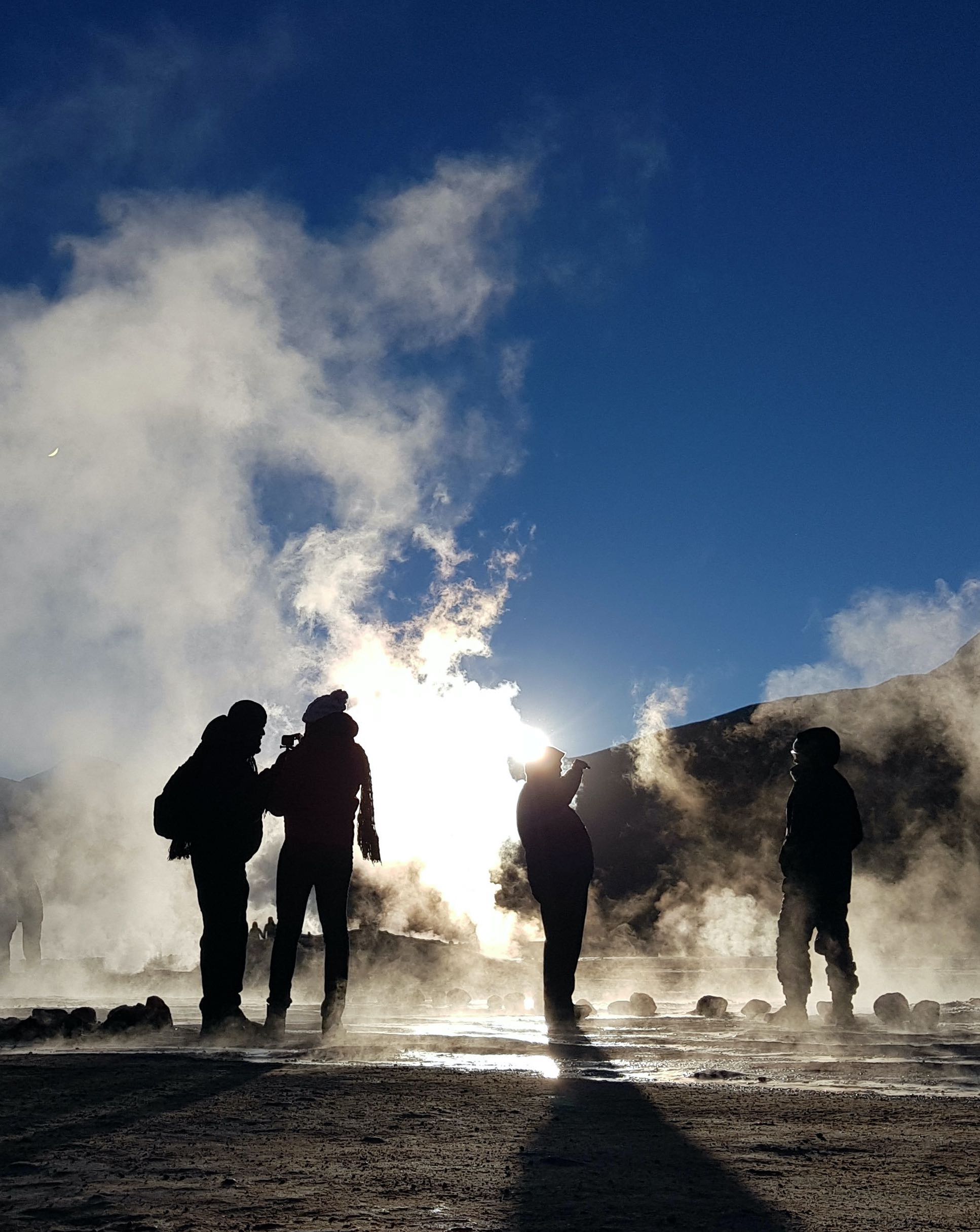
at a glance:
SEASONS & PEAKS
January and February are busy times for visiting Chile, the summer’s peak in the region. In particular, accommodation in the Torres del Paine National Park gets complete fast, and prices shot up here at this time of year. This is a great time to visit Santiago, reducing congestion and hotel prices as many people move out of the city. If you are thinking about visiting the Atacama Desert, do keep in mind this area has seen freaky heavy rainfall for a short period in recent years.
March is a lovely time to travel across Chile, particularly to the Lake District and winelands, as the crowds in Patagonia ease off and accommodation prices drop a little. In Patagonia, in particular, April to August are much quieter in terms of tourist numbers, with many hotels closing for the season. For those who want to encounter Torres del Paine at its wildest, however, the park remains open and unique opportunities for wildlife spotting are available.
September is a wondeful tim to visit Santiago, the central valley and Atacama Desert, there are smaller crowds, and the days start to warm up. Moving into October, spring flowers in the Lake District start making an appearance, however at this time of year you can expect more rain . November is the beginning of the summer in Chile and crowds across the country – particularly in Patagonia – are beginning to increase in size. In December, Chileans like to take their holidays, so coastal areas such as Valparaiso can get busy, so it’s also a common time to visit Torres del Paine National Park.
Best times to
visit Chile
Due to its sheer range, the variety of terrain, altitudes, and latitudes, Chile’s climate varies considerably as you move from north to south. The best times to visit Santiago and its surrounding vineyards are Spring (September to November) and Fall (March to May), and the best time to visit the Atacama Desert is summer (December–February).
From November to early March, fly to Chile’s Patagonia to enjoy the Spring and summer months; the weather is perfect for exploring the Torres del Paine National Park and Tierra del Fuego, even though it is the peak season with a large number of tourists in the region. Spring, which runs from September to November, is a lovely time to visit the Chilean Lake District, as colorful wildflowers cover the surrounding mountains.
Fall (March-May) is another time of year that we love to explore Patagonia with beautiful autumnal reds and oranges as it springs into life. As well as fewer visitors, both times of year have milder temperatures.
During the winter months in Patagonia (June-August), most attractions and activities are put on hold, so we usually suggest that you avoid traveling to that specific area during these months. Pack plenty of layers to keep you warm from the ice-cold Patagonian winds, even if you visit Patagonia in spring or summer.

regional weather:
| Jan | Feb | Mar | Apr | May | Jun | Jul | Aug | Sep | Oct | Nov | Dec | |
|---|---|---|---|---|---|---|---|---|---|---|---|---|
| Atacama Desert |  |
 |
 |
 |
 |
 |
 |
 |
 |
 |
 |
 |
| Santiago |  |
 |
 |
 |
 |
 |
 |
 |
 |
 |
 |
 |
| Lake District |  |
 |
 |
 |
 |
 |
 |
 |
 |
 |
 |
 |
| Patagonia |  |
 |
 |
 |
 |
 |
 |
 |
 |
 |
 |
 |
| Easter Island |  |
 |
 |
 |
 |
 |
 |
 |
 |
 |
 |
 |
Chile Info
Capital City: Santiago de Chile
Currency: Chilean Peso (CLP)
Language: Spanish
It is recommended that one brings cash in Dollars and/or Euros as these are easy to exchange anywhere in the country. Mastercard, Diners Club, American Express and Visa are all used in Chile, with Visa being the most widely accepted one. There may be difficulties in changing traveler’s checks outside Santiago.
We recommend visiting the website XE Currency Converter to get current exchange rates.
Customize Your Client's Experience
Our eight local Offices in Latin America give us the perfect base to offer your travelers an unrivaled experience with a wide selection of bed & breakfasts, small posadas, unique boutique hotels and world class luxurious lodging; you and your clients are able to design an authentic experience that meets both their comfort level, budget and expectations.
practical information
SAFETY
Chile is among South America’s safest nations, but we still suggest that you take some precautions in large cities and towns. Opportunistic crimes take place in the larger cities of Chile, such as Santiago. Therefore, we recommend that you leave all valuables in the safe of the hotel and take only what you need for that specific day with you.
Especially when you are in busy areas such as markets and bus terminals, you will need to be wary of pickpockets using diversion techniques to choose your pockets. If you’re traveling some real distance, Uber is available in Chile and should be your go-to for getting around at night.
VACCINATIONS
When flying to Chile, the Chilean authorities do not require a vaccination certificate, but it is always good to take appropriate precautions. Before traveling, please search the US Center for Disease Control & Prevention Guidelines and visit your local doctor at least 4-6 weeks before your trip to seek detailed guidance and check what vaccines you have already earned.
Rare dengue fever outbreaks have occurred on Easter Island. There’s no vaccine available, but by avoiding mosquito bites, you can protect yourself. By bringing along mosquito spray or creams that ward off these little pests, you can do this.
Tap water is OK to drink in Chile’s major cities, but it has a high mineral content that can cause mild upsets for sensitive stomachs. A smart idea for tourists to more remote areas is bottled water. For some individuals in San Pedro de Atacama and some areas of the Altiplano region, altitude sickness may be a concern. On the famous W Trek or Paine Circuit in Torres del Paine National Park in Patagonia, it shouldn’t be an issue as these are both low altitude treks.
We do recommend visiting the Centers for Disease Control and Prevention, as well as check the vaccines and medicines list and visit your doctor (ideally, 4-6 weeks) before your trip to make sure everything is up to date.
VISA
All travelers will need a passport valid for at least 90 days following their departure date from Chile. However, we highly suggest traveling at all times with a validity of 6 months on your passport.
With a full range of expedited passport facilities, including new passport applications, passport renewal, and any necessary visas, VisaHQ can assist people of most nationalities. Chile also specifies that you have sufficient unused pages in your passport, enabling the arrival and departure of any required stamps.
Check with your airline if you have connecting flights overseas as part of your journey to Chile, as it may be the case a separate transit visa may be required for countries you travel through en route to your destination.
ELECTRICITY
There are two types of outlets in Chile, type C (two round pins) and type L (three round pins), both working at 220V. You can first check your device’s compatibility with the voltage if you need a plug adapter (changing your plug’s shape to match the outlet) or a voltage converter. North American travelers will typically use only a plug adapter for devices such as laptops, as they usually use about 120-220V.
FAMILY TRAVEL IN CHILE
It’s a fantastic experience traveling to Chile with your children; if your kids love nature, then penguins, whales, pumas, and condors will fall head over heels in love with the country. There are plenty of nature treks as well as opportunities to go kayaking and river rafting in Patagonia if your kids want to burn off steam and discover the great outdoors. There are also plenty of educational moments, such as learning about the way of life of the Chilean gauchos (cowboys) and learning about the universe while stargazing at the Atacama Desert Milky Way. If you take your kids to Easter Island, they can have an extraordinary travel experience as they discover the Moai culture and broad stone heads. A trip to Chile provides you and your family with absolutely limitless opportunities.
GETTING AROUND ARGENTINA
Chile is relatively inexpensive, convenient, and safe to travel around Chile. To get around the country, locals use long-distance buses as an affordable and reliable means of transportation, helping to fit more highlights into your itinerary and less time in transfers and airports. We typically recommend travelers to use flights for key cross-country transition flights.
Airfares can be a bit more expensive in Chile, so keep an eye on promotions and offers, especially from the country’s leading airline, LATAM. LATAM is also the only airline that will take you to Chile’s remote and exclusive Easter Island, offering the most comprehensive range of domestic and international flights.
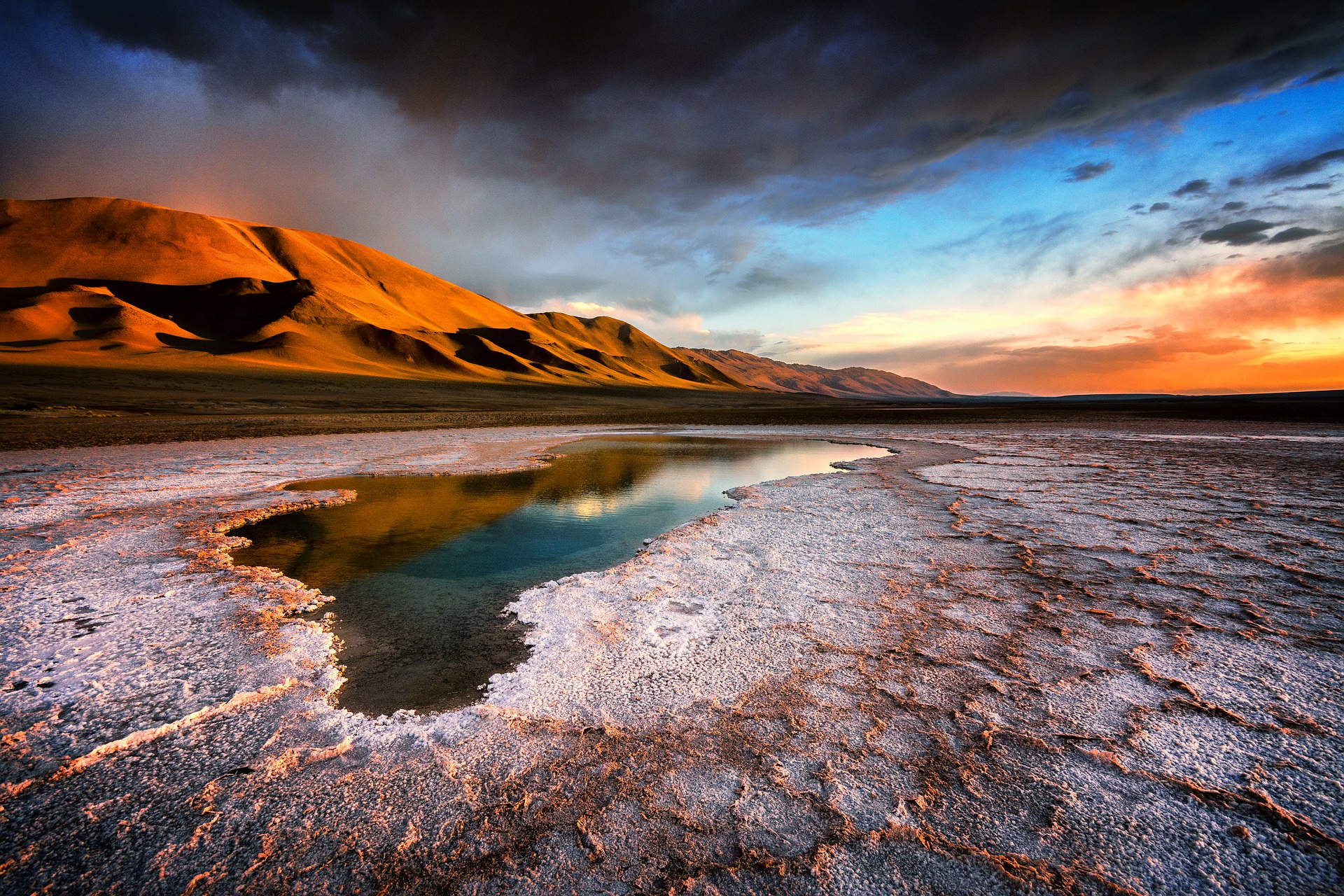
our countries
With eight local offices in Latin America, we have the perfect base to help you build the perfect trip for your clients. Unrivaled experience with a wide selection of bed & breakfasts, small posadas, unique boutique hotels and world class luxurious lodging.

